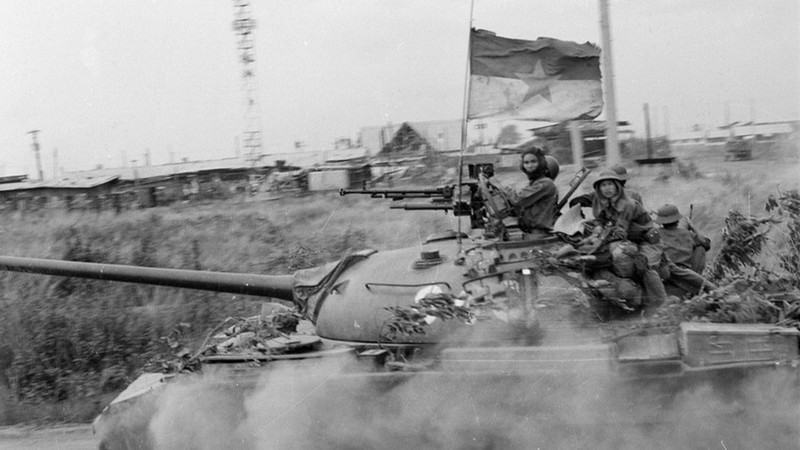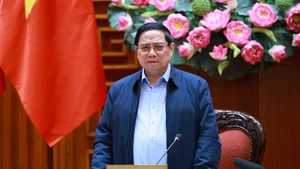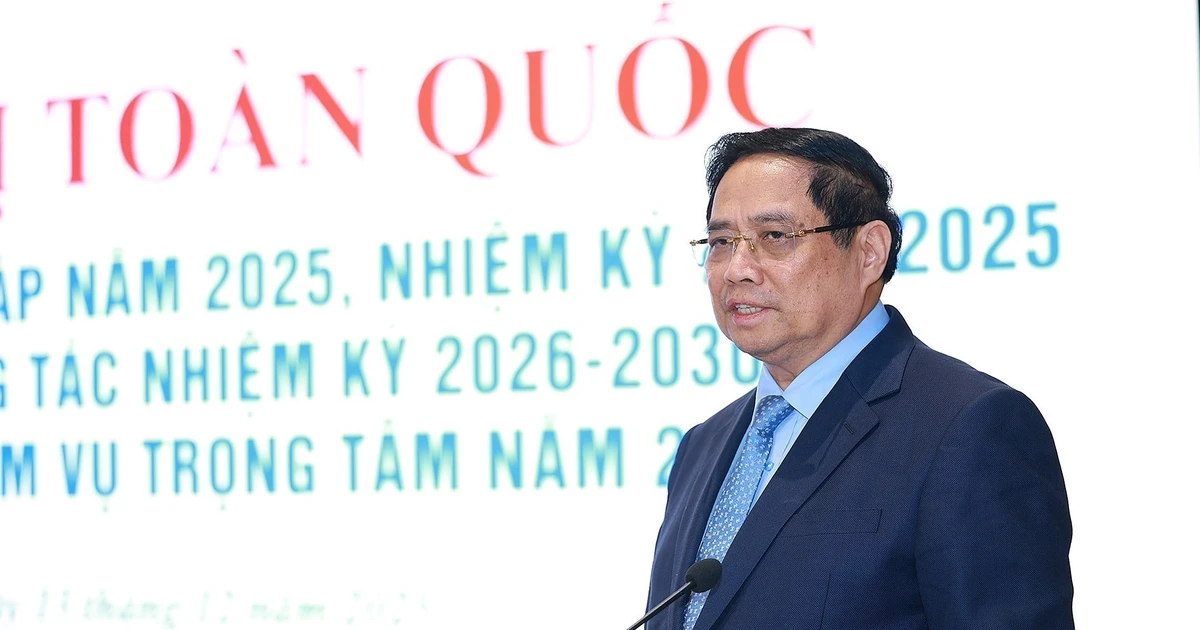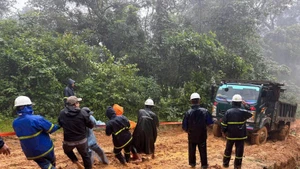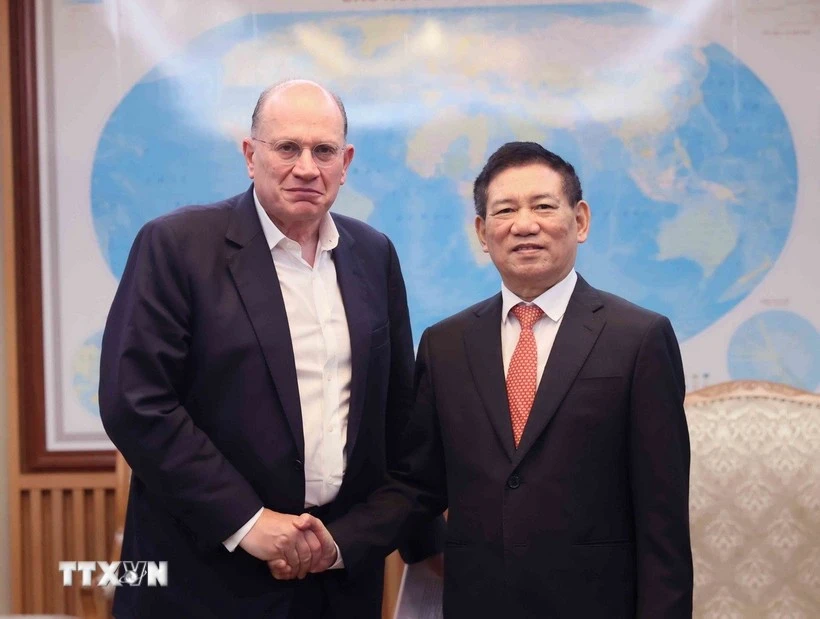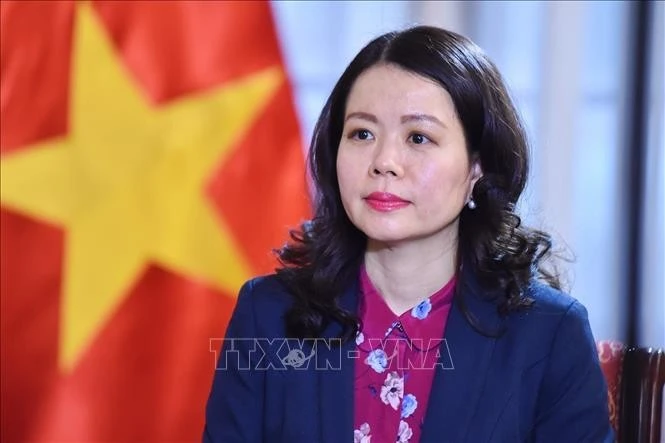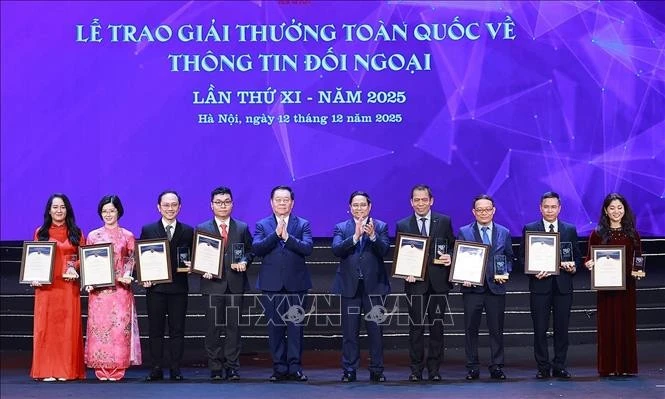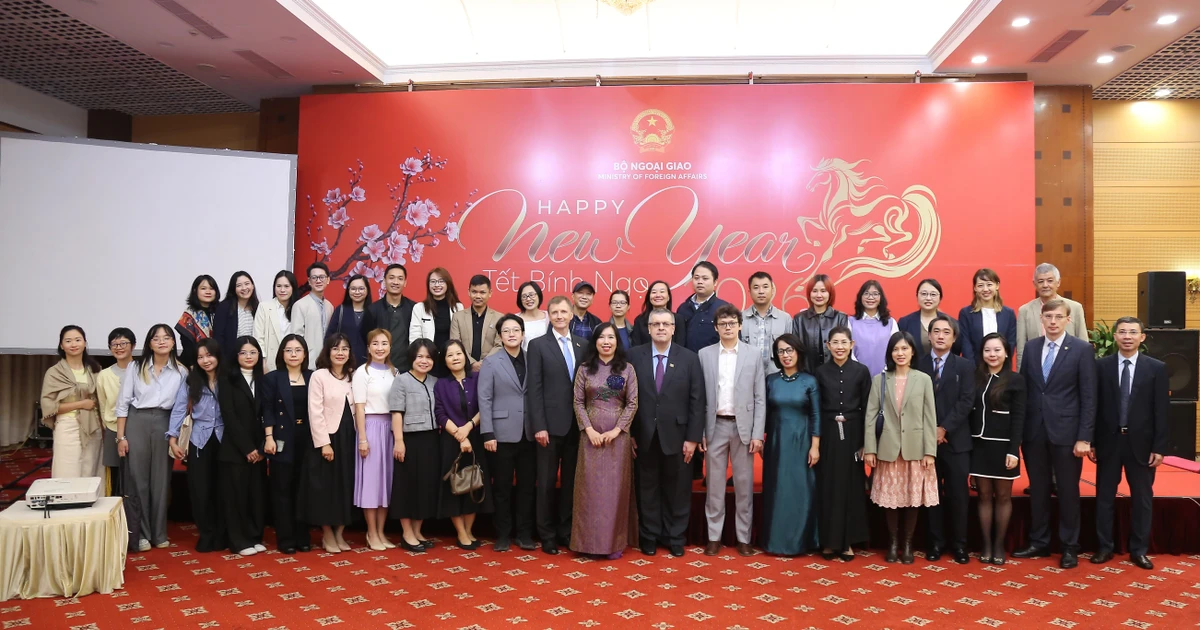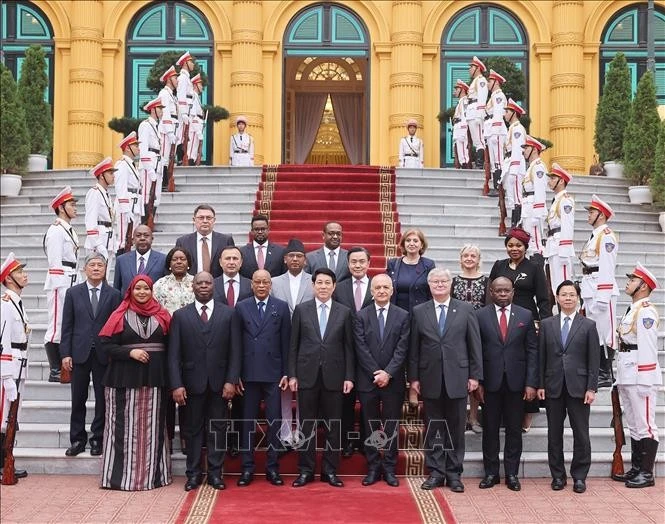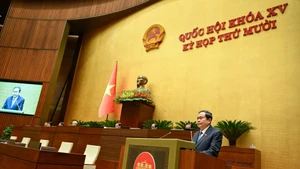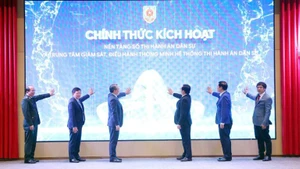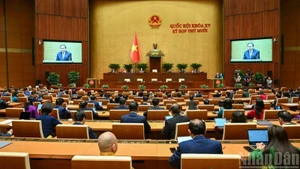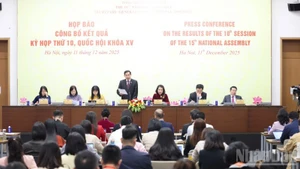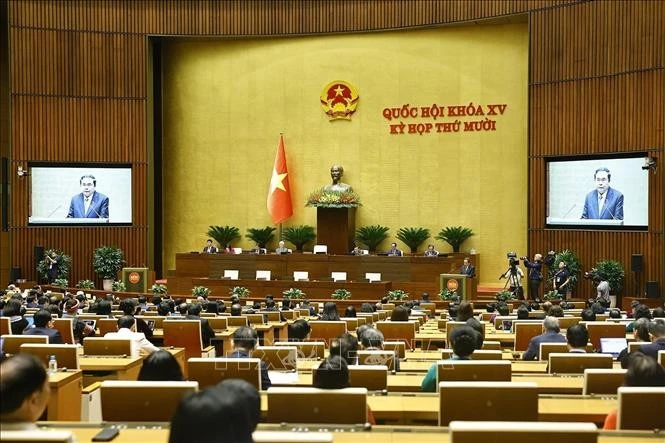The Politburo and the Central Military Commission sent a telegram to the Command and Party Committee of the Saigon front, stating: “The Ho Chi Minh Campaign is of significance in purpose, scale, and forces. Saigon is the last stronghold of the Americans and the puppet regime. The main reactionary leaders are concentrated here, so it is necessary to anticipate that under certain circumstances, the fighting may last for a certain period. The enemy can always make new efforts, but we have full conditions and capability to achieve complete victory in a short time with rapid pace.”
The fighting in Phan Rang continued fiercely. Division 3 continued to have its Regiment 2 attack the Kien Kien and Ba Thap strongholds, breaking through the inner defensive line (also called the second line).
At the same time, the Regiment 141, supported by armoured vehicles, crossed National Highway 1, crushed enemy resistance positions, and advanced eastward; while Regiment 25 of the Central Highlands, reinforced by Battalion 6 of Regiment 12, advanced close to the north side of Thanh Son Airfield. All key enemy targets in Phan Rang Town were tightly encircled by our forces.
On the enemy side, at noon on April 15, Tran Van Don, Deputy Prime Minister and Minister of Defence of the US-backed regime, and Nguyen Van Toan, Commander of the Corps 3 of the puppet army, flew to Thanh Son Airfield to inspect and boost the spirit of the soldiers.
On the evening of April 15, Nguyen Vinh Nghi, Deputy Commander of the Corps 3 and Front Commander of the Corps 3, held a meeting with other generals in Phan Rang to plan a large-scale counterattack the next day, aiming to recapture lost positions and improve the defensive situation.
On the same day, Commander Nguyen Huu An and Political Commissar Le Linh of the Corps 2 proposed that the Coastal Front Command allow the Corps to deploy Division 325 to fight in coordination with Division 3 and attack Phan Rang, aiming to quickly open the way for the corps to participate in the main offensive targeting Saigon – Gia Dinh as soon as possible.
With the approval of the Eastern Front Command, the corps leadership and commanders studied a new tactic of attacking while on the move to assault Phan Rang.
On the night of April 15, the entire force of Division 325 (including Infantry Regiment 101, Infantry Regiment 18, and Battalion 5 from Brigade 203) deployed onto Route 1, preparing to break through the Phan Rang defensive line along Route 1.
In the Xuan Loc – Long Khanh Campaign, Vietnamese forces used 130mm artillery to shell Bien Hoa Airfield on the morning of April 15.
At the same time, through five mobile ambush attacks, the Division 6 and the Regiment 95A destroyed the Puppet Regiment 52 at the Dau Giay junction, capturing 12 artillery pieces and all tanks of Armoured Squadron 3 at Regiment 52’s field command post, which the enemy called “Nguyen Thai Hoc base.”
Vietnamese soldiers cut off National Highway 1A from Xuan Loc to Bau Ca and completely controlled National Highway 20 from the Dau Giay junction to Tuc Trung.
On the same day, Division 316 and the leading units of Corps 3 reached the recently liberated the Dau Tieng area, securing a springboard to attack Saigon from the northwest as planned in the campaign.
Meanwhile, at Dong Xoai — the assembly area of Corps 1 — the Party Committee and Command of the corps held a meeting to thoroughly grasp, and discuss leadership and organisational measures to carry out the mission assigned by the Campaign Command for the decisive battle targeting Saigon – Gia Dinh.
On April 15, the Standing Committee of the Regional Party Committee and the Military Region 9 Party Committee held a meeting to assess the situation, analysing that Vietnamese troops’ great victories on the general battlefield have affected the enemy in the Mekong Delta. However, the enemy’s intention to firmly hold Can Tho had become clear. The plan to capture Can Tho, coordinated with forces attacking Saigon, had not yet been realised because the battle at Xuan Loc was still unresolved. With a proactive and positive spirit, the armed forces of the military region continued to attack enemy positions and units, creating favourable conditions for the later capture of Can Tho.
In Military Region 8, on April 15, 1975, Division 8 shifted operations to Route 4, opening a corridor south of Long An. Regiment 88 and Regiment 24, combined with two Long An battalions, dismantled 45 enemy outposts, and liberated 12 communes in the districts of Chau Thanh, Can Duoc, and Tan Tru, expanding the springboard for attacks from the south toward Saigon.
Regarding the Truong Son Command, by mid-April 1975, excluding three regiments deployed along Route 1, four companies of Division 473 and one company of Regiment 509 were mobilised for missions in the east direction.
In the west direction, Regiments 34 and 576 shifted to securing Route 24.
In the south, part of Division 470 secured roads in the Dak Ta and Dak Tung areas, then advanced to secure roads in the Chon Thanh area (Route 13), ensuring river crossings over the Be River for our forces in this direction. The majority of the Truong Son engineering forces continued operations on both east and west routes, ready to ensure mobility and transportation for Vietnamese forces in all situations.
